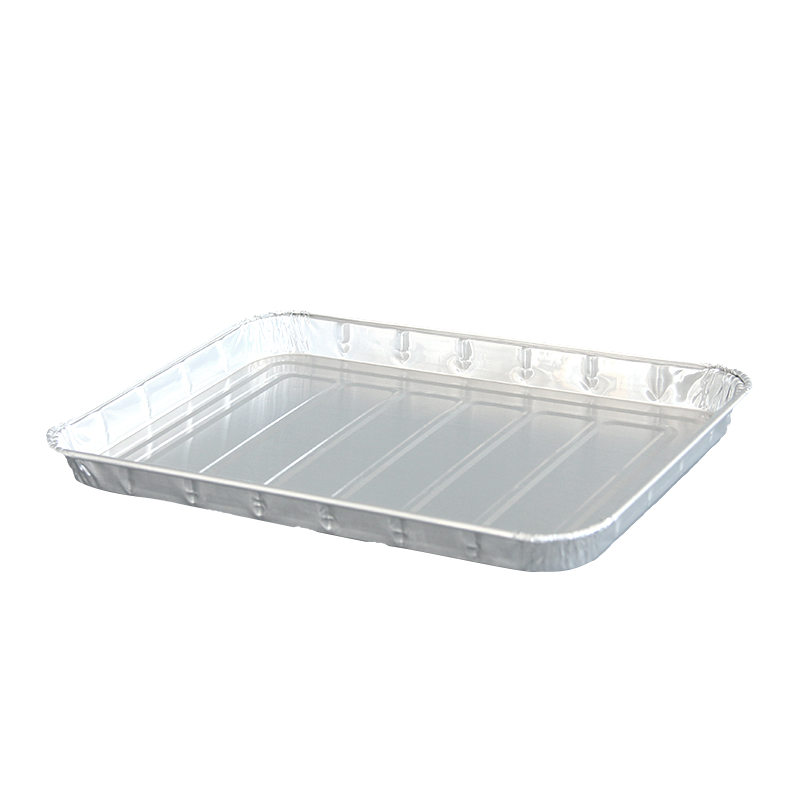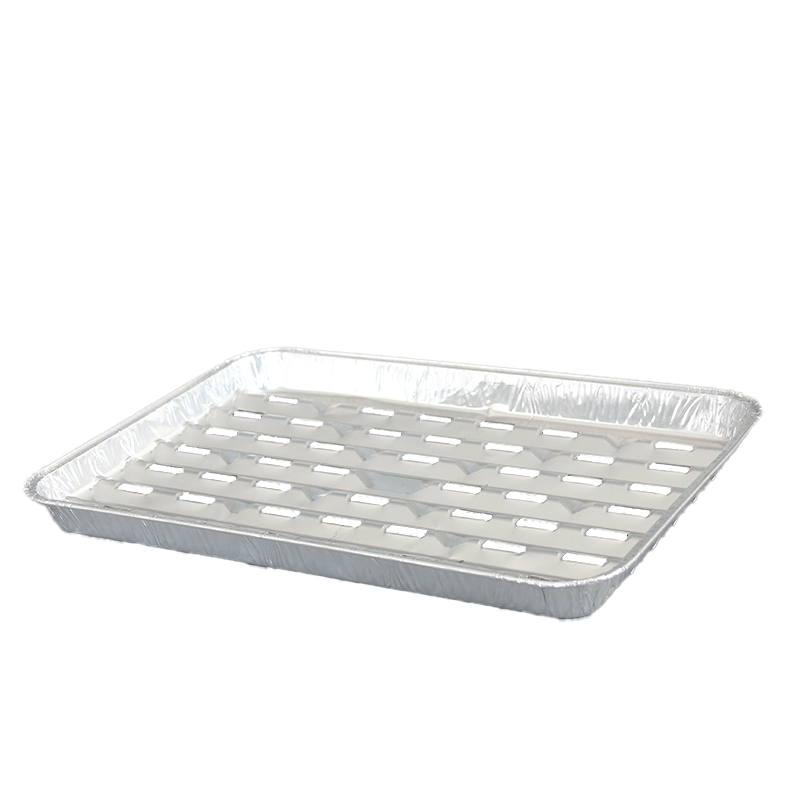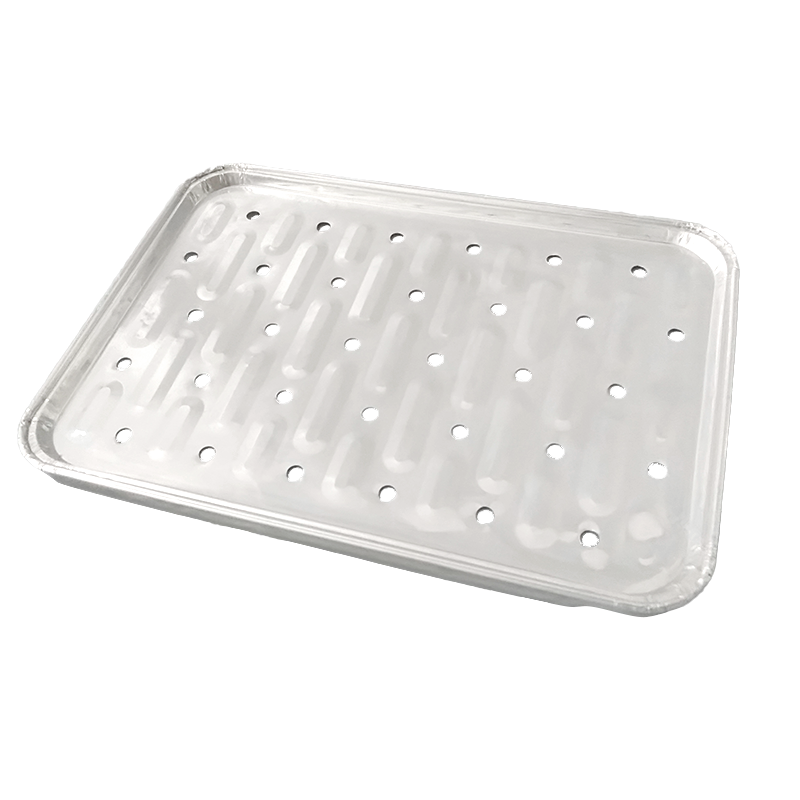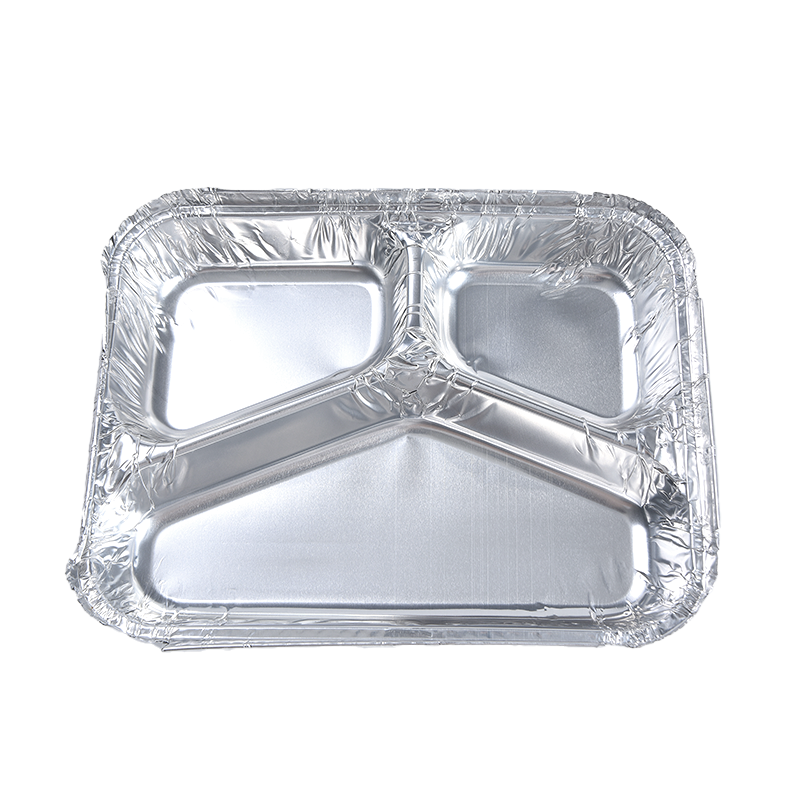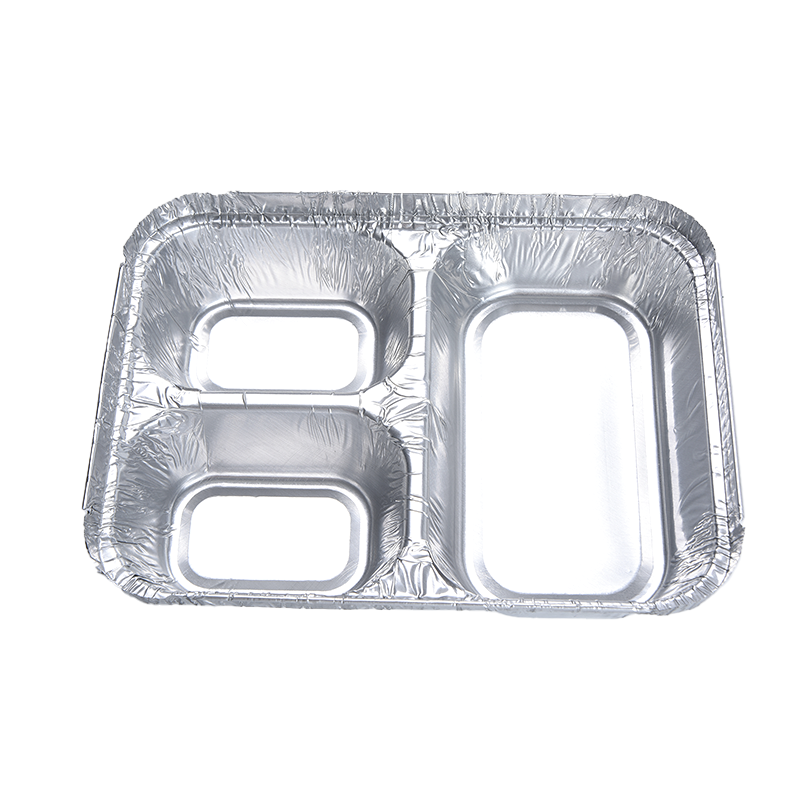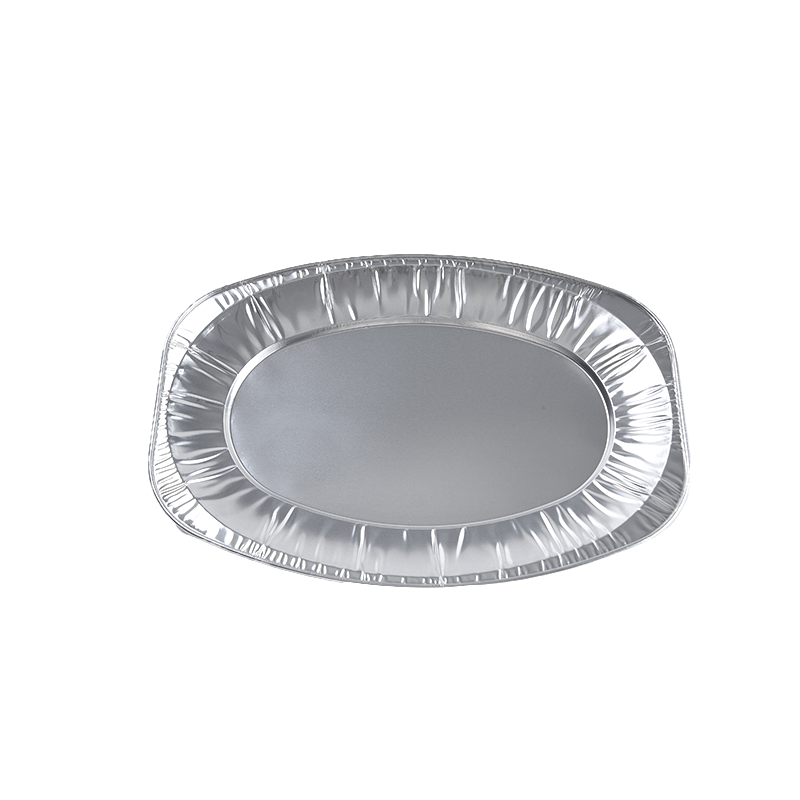Is using aluminum foil tableware really healthy?
Industry News-1. Recommendations for safe use of aluminum foil tableware
Aluminum foil tableware (such as aluminum foil boxes, aluminum foil paper) is safe when used properly, but the following points should be noted to reduce the risk of aluminum dissolution:
(1). Avoid high-temperature and long-term heating
Not recommended: directly using aluminum foil to put food into the oven, grill or steam at high temperatures (such as over 200°C).
Alternative: When cooking at high temperatures, it is preferred to use stainless steel, glass or ceramic containers.
(2). Avoid contact with acidic or salty foods
High-risk foods: tomatoes, lemons, vinegar, pickles, foods with high salt content (such as salted fish, sauces).
Alternative: Use glass, ceramic or stainless steel containers to hold such foods.
(3). Reduce long-term storage
Not recommended: Using aluminum foil to wrap or store food for a long time (especially moist, salty or acidic foods).
Alternative: Use plastic wrap or food-grade silicone lids for short-term refrigeration, and sealed glass boxes for long-term storage.
(4). Avoid scratching or repeated use
Aluminum foil damage: scratching will increase aluminum dissolution, so it is recommended to discard it after one use.
Not recommended: Repeated washing of aluminum foil tableware can easily cause microcracks.
(5). Special groups need to be cautious
Children, pregnant women, the elderly or those with renal insufficiency: minimize the use of aluminum foil tableware and choose safer alternatives.
(6). Correct use of aluminum foil
When grilling: use aluminum foil to separate food from the charcoal fire, but avoid direct contact with the flame (may burn).
Wrapping food: Low-temperature heating (such as steaming, keeping warm) can be used for a short period of time, but avoid acidic ingredients.

2. Common Misconceptions About Aluminum Foil Tableware
Aluminum foil tableware is widely used in daily life, but many people have misconceptions about its safety. The following are common misconceptions and scientific explanations:
Myth 1: Heating aluminum foil will inevitably cause aluminum poisoning
Myth: Simply heating food with aluminum foil releases large amounts of aluminum, leading to poisoning.
Fact: Aluminum foil releases very little at normal cooking temperatures (<200°C), and short-term use does not pose a health risk. High temperatures (such as grilling or ovens over 250°C) or prolonged heating increase aluminum release, but it generally remains within a safe range (unless consumed in large quantities over a long period of time).
Myth 2: Aluminum foil cannot be used with any acidic foods
Myth: Aluminum foil should never come into contact with acidic foods such as lemons and tomatoes.
Fact: Short-term exposure (such as wrapping cold food or briefly heating) results in minimal release, and the risk is low. Prolonged exposure to hot, acidic foods (such as baking a pizza with tomato sauce in aluminum foil) significantly increases aluminum leaching. Therefore, it's recommended to use ceramic or glass containers instead.
Myth 3: Aluminum foil causes Alzheimer's disease.
Myth: Using aluminum foil tableware increases the risk of Alzheimer's disease.
Fact: There's currently no conclusive evidence linking daily aluminum exposure to Alzheimer's disease (neither the WHO nor the FDA has confirmed this). This theory stems from early research, but subsequent large-scale studies have failed to confirm that aluminum is a primary cause.
Myth 4: Aluminum foil can be reused indefinitely.
Myth: Aluminum foil tableware can be washed and reused like stainless steel.
Fact: Aluminum foil is easily damaged and can develop microcracks during washing, increasing the risk of aluminum leaching.
It's recommended to use it once, especially after heating, and avoid reuse.
Myth 5: All aluminum foil tableware is equally safe.
Myth: Aluminum foil boxes and sheets purchased from supermarkets are all the same, with no difference in quality. Fact: Food-grade aluminum foil (compliant with GB 4806.9 or FDA standards) is safer and has strict limits on heavy metal content. Lower-quality aluminum foil may contain impurities and increase the risk of dissolution. We recommend choosing reputable brands.





 English
English 日本語
日本語 عربى
عربى Español
Español
